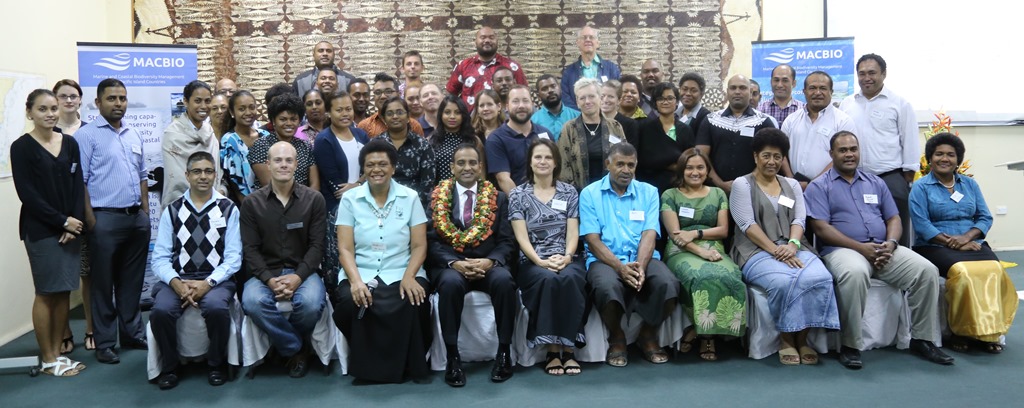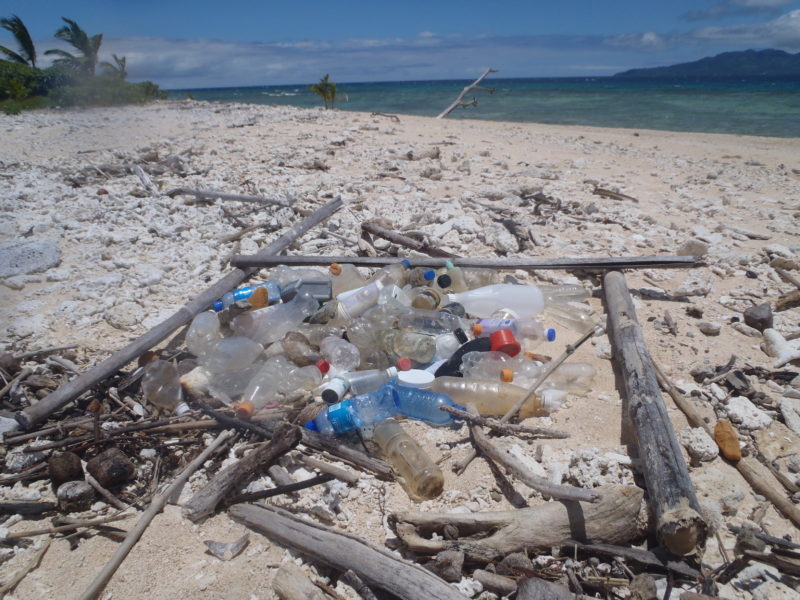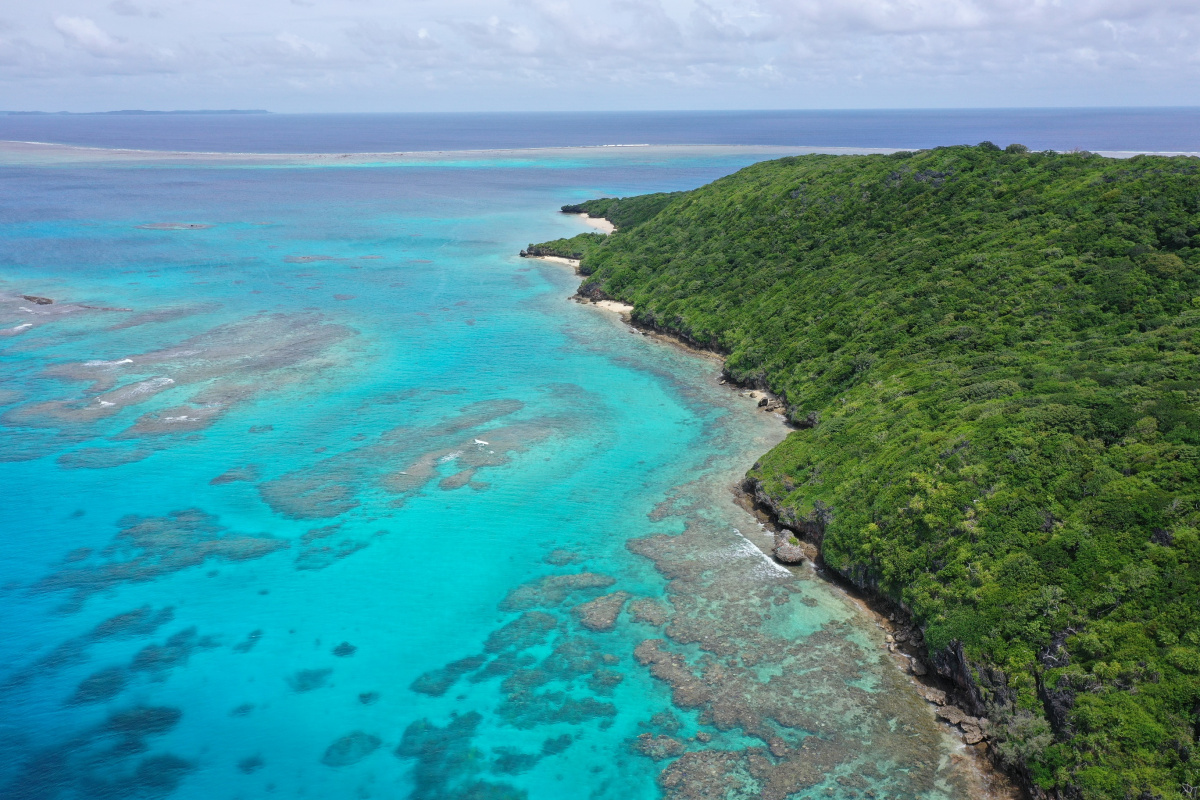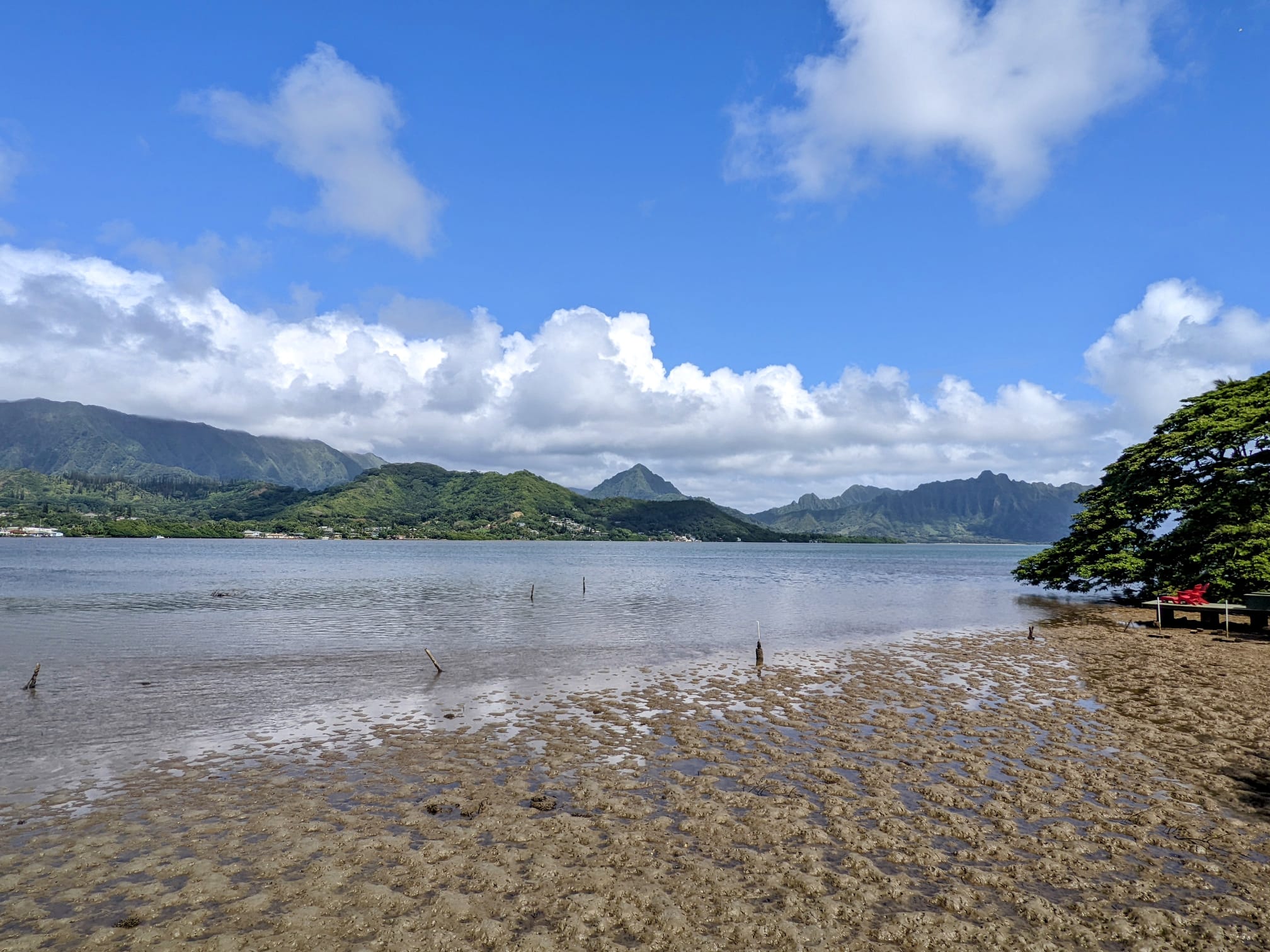Protecting the most important marine areas of Fiji
Fiji’s marine resources and their services to Fiji’s people are worth more than FJD2.5 billion per year. These values are derived from tourism and commercial fishing – values we see in the marketplace. But these values also come from subsistence fishing, coastal protection and carbon storage – values not reflected in the marketplace but none-the-less extremely important to Fiji.

Photo: IUCN Oceania / Sereana Narayan
Fiji has enshrined protection of its ocean values within its Green Growth Framework. This builds upon the fact that the Government of Fiji, through the Ministry of Foreign Affairs, at the Small Island States Development (SIDS) Conference in Mauritius in 2005 made a commitment to protect 30% of its seas as Marine Protected Areas (MPAs) by 2020. This commitment was reconfirmed at the 2014 SIDS Conference in Samoa through the then Ministry of Strategic Planning, National Development and Statistics.
A two-day workshop on Fiji’s marine priority areas was held in Suva from 19-20 July 2016, with the aim of informing the Fiji Government on marine priority areas that need protection and effective management.
In opening the workshop on 19 July, Fiji Government’s Permanent Secretary for Local Government, Housing & Environment, Joshua Wycliffe, said, “Achieving 30% MPAs will also underline Fiji’s dedication to fulfill one of its international commitments to the Convention of Biological Diversity (CBD), namely, Aichi Target 11, which states, amongst other things: “By 2020, at least … 10 per cent of coastal and marine areas … are conserved through effectively and equitably managed, ecologically representative and well-connected systems of protected areas …”
Mr Wycliffe stated that the Government of Fiji is very committed to ensuring Fiji’s resilience to the economic challenges posed by climatic change.
“The Departments of Environment and Fisheries are working together to define Fiji’s marine priority areas for consideration in their ocean-wide planning for marine protected areas. These Departments are convening this two-day workshop, to gather this advice from Fiji’s marine biodiversity experts.”
This work is being conducted under the leadership of the National Protected Areas Committee, which is an advisory body to the government, guiding and overseeing the prioritisation process. The government is supported in these efforts by the Wildlife Conservation Society (WCS) and the Marine and Coastal Biodiversity Management in Pacific Island Countries project (MACBIO) as members of the Protected Area Committee. MACBIO is funded by the German Ministry for Environment and is being jointly implemented by GIZ and the International Union for the Conservation of Nature Oceania (IUCN Oceania) supported by the Secretariat of the Pacific Environment Program (SPREP).
For more information contact:
Dr Leanne Fernandes, MACBIO Senior Project Officer, IUCN. Email: Leanne.Fernandes@iucn.org Phone: 777 2884



